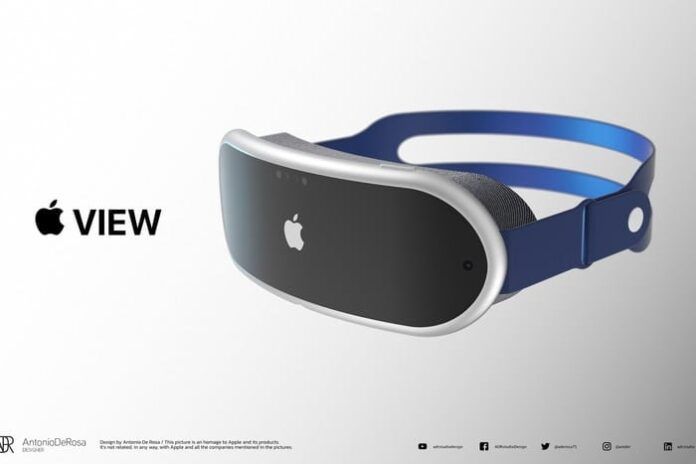Intel Embree wins an Academy Scientific and Technical Oscar
The Academy of Motion Picture Arts and Sciences awarded to the Intel Embree ray tracing library, a component of the Intel oneAPI Rendering Toolkit, a Scientific and Technical Achievement Award (Oscar for science and technology). The Academy, which organizes the annual Academy Awards, or Oscars, recognizes Intel Embree’s excellent ray tracing for geometric rendering as an important contribution of innovation in the film production process.
Intel Embree
Ray tracing methodology combines the physics of light with 3D objects and the materials that make up their surfaces to generate realistic images. Including reflections, refraction, mathematically corrected shadows and more. Rendering developers, graphics application engineers and content creators use Intel Embree to deliver high-fidelity, high-performance visual experiences.
Intel Embree capabilities enable content creators to create photorealistic images through lighting effects such as: reflections and shadows on hair, animal fur, mirrors, and other objects; complex motion blurring for multiple moving objects such as vehicles, propellers, and birds; complex geometries such as circles and spheres oriented on a half-line and perpendicularly oriented discs to reproduce particle effects such as sand or foam. This is in addition to other features, such as multilevel instances for rendering complex scenes.
Why it matters
Intel Embree helps developers optimize rendering applications on existing hardware by enabling the use of advanced technologies such as Intel SIMD and Intel AVX-512 on Intel Xeon and Core processors and emerging platforms with Intel XPU, such as the Intel Xe architecture (GPU). Users get real-time performance, fast render cycles, cost-effective production and memory savings: more time spent on quality rendering and less time spent on’processing.
How customers are using Intel Embree and the oneAPI Rendering Toolkit
Intel Embree is widely used in movie studio rendering pipelines. Its ray tracing capabilities include photorealistic visual effects from studio, animated films, scientific visualization, 3D products and architectural design, and gaming imagery such as terrain and shadows. The open source library is also integrated into many industry rendering tools, such as Blender, Chaos Group’s V-Ray, DreamWorks Animation’s MoonRay, Kitware’s ParaView, Corona Render, Maxon Cinema 4D and Cinebench, and others.
Some of the films in which Intel Embree has been used for visual effects are:
- Bumblebee – Allspark Pictures, Di Bonaventura Pictures, Tencent Pictures Platinum Dunes, Paramount Pictures, Using Chaos Group V-Ray
- Cyberpunk 2077 – Goodbye Kansas Studios Using Chaos Group V-Ray
- How to Train Your Dragon: The Hidden World – DreamWorks Animation Using MoonRay
- Lego Batman – Animal Logic Using Glimpse
- Manou the Swift – Luxx Studios Using Chaos Group V-Ray
- Next Gen – Baozou in association With Tangent Studios Using Blender; Media courtesy of NETFLIX Inc.
- Peter Rabbit – Animal Logic Using Glimpse
- Secret Life of Pets 2 – Illumination Entertainment Using the Illumination Mac Guff renderer
- Spider-Man, Far from Home – Sony Pictures Using Framestore Freak
- Spring – Blender Animation Using Blender
- Thanos from Avengers Infinity Wars – Marvel Studios, Digital Domain, Using Chaos Group V-Ray
- The Grinch – Illumination Entertainment Using the Illumination Mac Guff renderer
- Trolls – DreamWorks Animation Using MoonRay
About the prize
The Scientific and Technical Awards were introduced in 1931 to reward the work of pioneers in science and technology Committed to the advancement of film production. The Academy will honor 17 scientific and technical projects during the virtual presentation of the Scientific and Technical Awards on Saturday, Feb. 13, 2021. The ceremony will be available on the Oscars website starting at 10:00 p.m. (1:00 PM Pacific Time).


